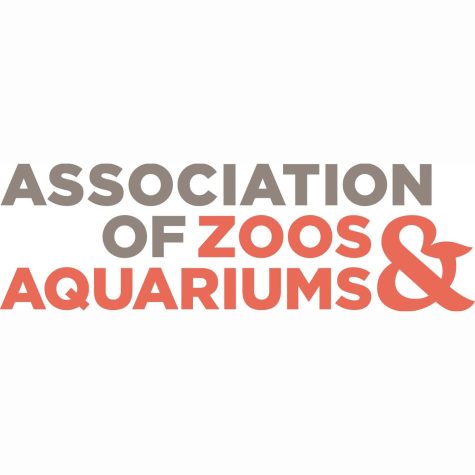Are zoos ethical?

December 14, 2022
Going to the Zoo is an exciting experience, but is it ethical to hold all these animals in captivity? Sometimes these animals can no longer survive in the wild independently or they’re endangered, but should they be restricted to such a small environment? There are many Zoos around the world that save animals but there are many who don’t care for their animals that have been saved or captured. Let’s take a deeper look.
Zoos around the globe are important when they conserve endangered species and injured animals who cannot function in the wild on their own, but giving them the proper quality of life is important. Since gorillas, lions, and elephants are some of the most popular animals, they get medicated. An article from sentientmedia.org found that zoos medicate their anxious and depressed animals. “Since 1995, zoos have turned to antidepressants, tranquilizers, and anti-psychotic drugs to alleviate depression and aggression among zoo animals across America” (Zoe Rosenberger). What will happen once they might get freed into the wild? Are they addicted? These animals do not deserve to be put on medication for an artificial calm.
Jenni Laidman from The Blade found that animals in a Toledo Zoo in 2004 were treated with a human schizophrenia medication. “When the Toledo Zoo opened its Africa exhibit in 2004, it used the antipsychotic medication haloperidol to ease animals into the new, mixed-species exhibit. Haloperidol is used to treat schizophrenia in humans, but it is known for its severe side effects. Extended use can produce tardive dyskinesia involuntary movements of the face, tongue, lips, trunk, and extremities. The dyskinesia can be permanent. But when Haldol is used for short periods in animals, it acts as a tranquilizer, zoo staffers say” (Laidman).
Another factor is that humans cause global wildlife to die. “According to the World Wildlife Fund’s 2018 Living Planet Report, between 1970 and 2014, humanity has been responsible for wiping out 60 percent of the global wildlife population, which encompasses mammals, birds, fish, and reptiles” (Zoe Rosenberger). Unfortunately the numbers have probably gone up within the next few years, for now we can educate the public and help donate for the animals. This is only a few cases of unethical treatment, we can only imagine how unobserved zoos treat their animals.
On the contrary there are many zoos that provide sufficient care for their animals in captivity. Studies from the Association of Zoos&Aquariums track zoos and aquariums from all around the world and find the safe ones that support their organization to help rescue, preserve, and establish recovery plans. “Look for the Association of Zoos and Aquariums (AZA) logo whenever you visit a zoo or aquarium. This assures that you are supporting a facility dedicated to providing excellent care for animals, a great experience for you, and a better future for all living things…As of September, 2022 there are currently 238 AZA-accredited institutions” (AZA). 
Next time you go to the zoo or aquarium, double check if you are supporting a safe organization. If you are looking for a save zoo to go to you can use this link www.aza.org. To find out more information check out www.aza.org.












